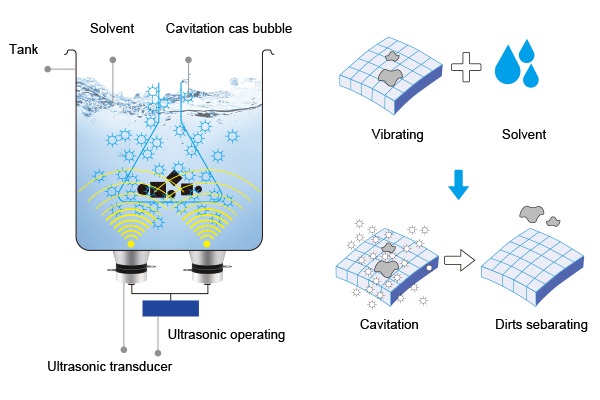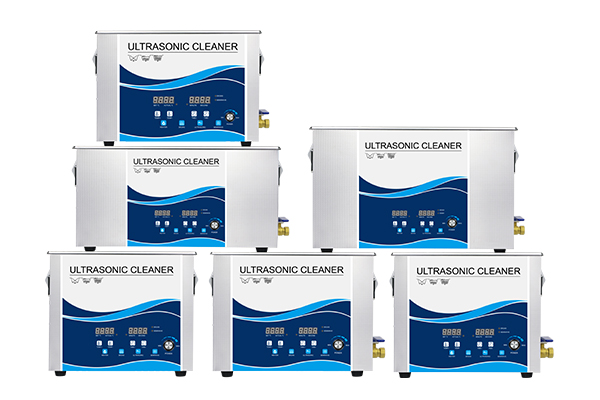What Is a Desktop Ultrasonic Cleaning Machine?
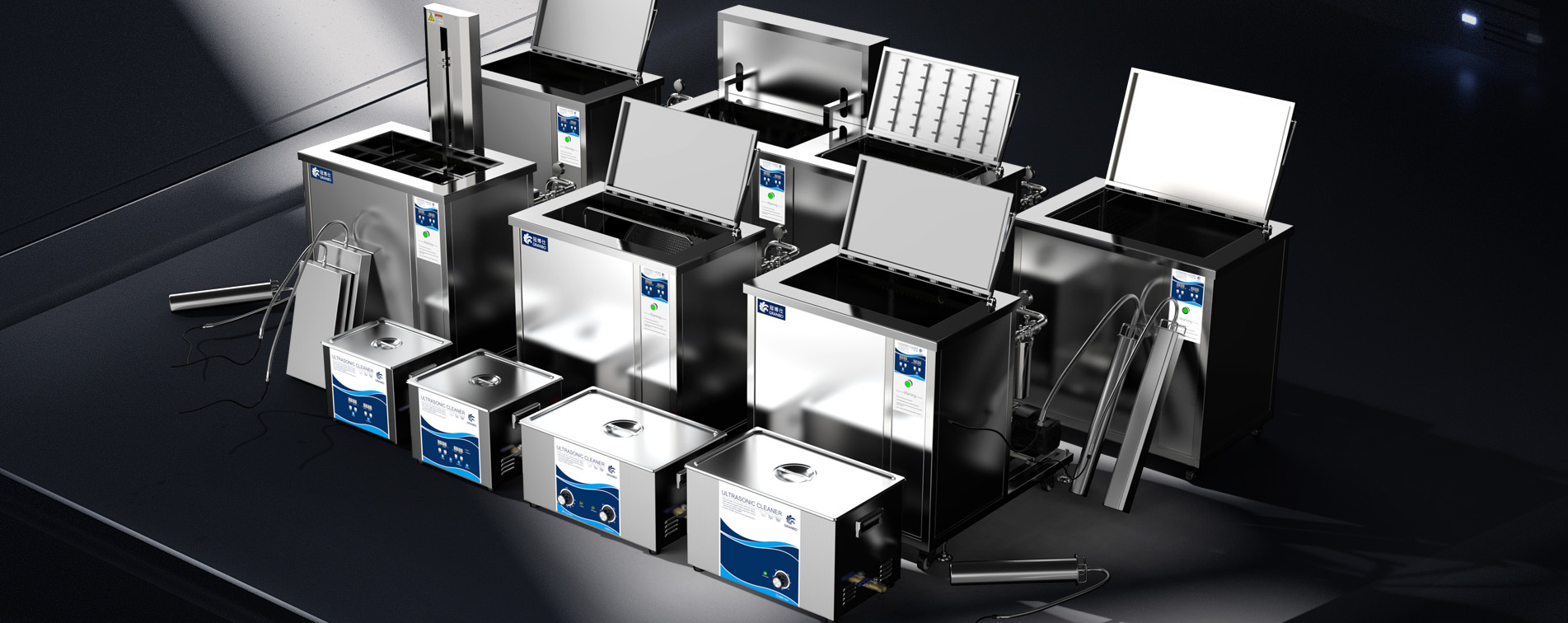
A desktop ultrasonic cleaning machine is a compact yet powerful device designed to remove dirt, grease, and contaminants from various objects using ultrasonic sound waves. These machines utilize high-frequency vibrations in a liquid cleaning solution to create microscopic bubbles that effectively clean surfaces, even in hard-to-reach areas. Unlike traditional cleaning methods, ultrasonic cleaning is non-abrasive, highly efficient, and environmentally friendly.
Desktop ultrasonic cleaners are widely used in industries such as jewelry, medical, automotive, and electronics. Their small size makes them ideal for businesses, laboratories, and even household use, providing professional-level cleaning without requiring a large industrial setup.
How Does a Desktop Ultrasonic Cleaner Work?
1. Cavitation Process
The core of ultrasonic cleaning technology is cavitation, where high-frequency sound waves (typically between 20 kHz and 80 kHz) create millions of tiny bubbles in a liquid. These bubbles rapidly expand and collapse, generating energy that dislodges dirt and contaminants from surfaces.
2. Cleaning Solution Selection
Most desktop ultrasonic cleaners work with water-based solutions, though specific detergents may be added to enhance cleaning performance. The choice of cleaning solution depends on the type of contaminants being removed and the material being cleaned.
3. Cleaning Cycle and Timing
The duration of a cleaning cycle varies depending on the item being cleaned and the level of contamination. Most cycles last between 3 to 10 minutes, but some delicate items may require shorter cycles to prevent damage.
Advantages of Using a Desktop Ultrasonic Cleaning Machine
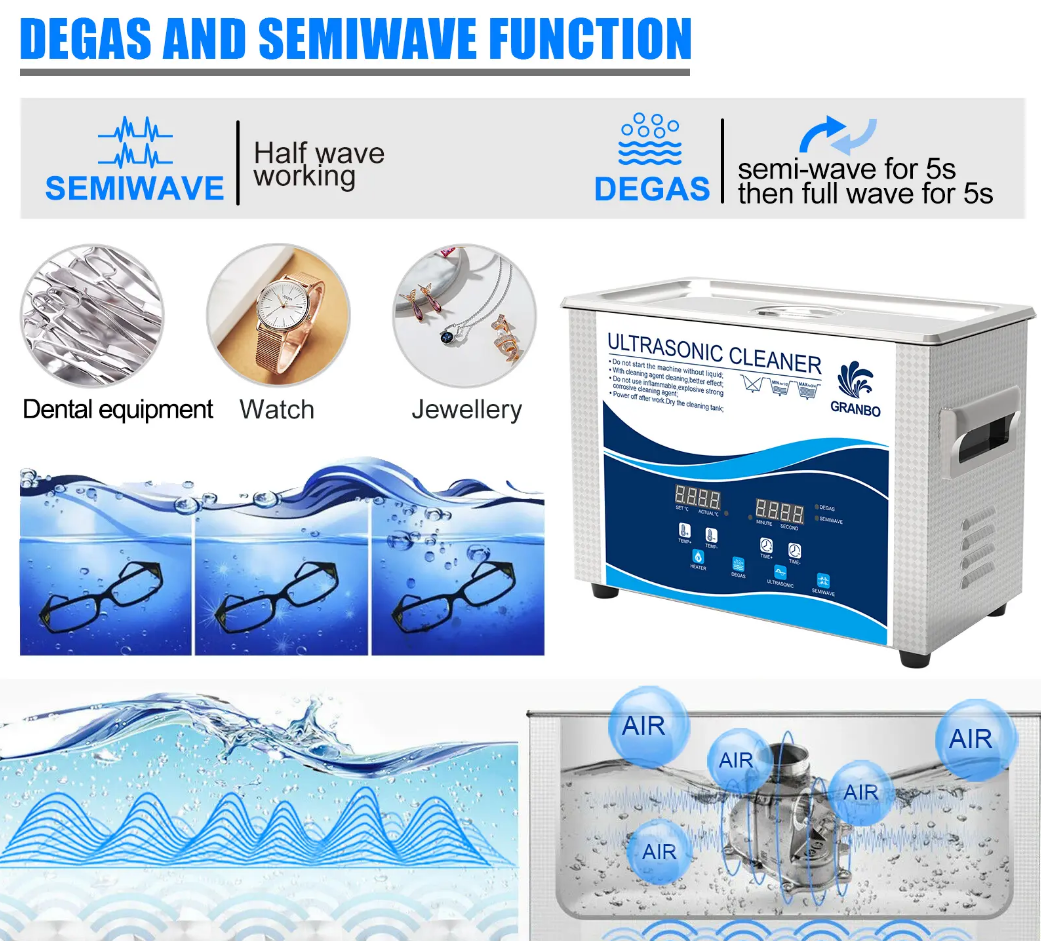
1. Deep and Thorough Cleaning
Unlike manual scrubbing, ultrasonic cleaning reaches microscopic crevices and hidden areas, making it particularly useful for cleaning complex objects such as watch parts, circuit boards, and surgical instruments.
2. Time-Saving and Cost-Effective
Desktop ultrasonic cleaners can complete a cleaning cycle in minutes, reducing labor-intensive cleaning processes. This efficiency translates into time and cost savings, especially in professional settings.
3. Eco-Friendly and Chemical Reduction
Many ultrasonic cleaners use water-based solutions, minimizing the need for harsh chemicals. This not only benefits the environment but also ensures the safety of users handling sensitive materials.
4. Gentle on Fragile Items
The non-abrasive nature of ultrasonic cleaning makes it ideal for delicate objects such as antique jewelry, precision-engineered components, and medical tools that could be damaged by scrubbing or harsh chemicals.
Applications of Desktop Ultrasonic Cleaners
1.Jewelry and Watch Cleaning
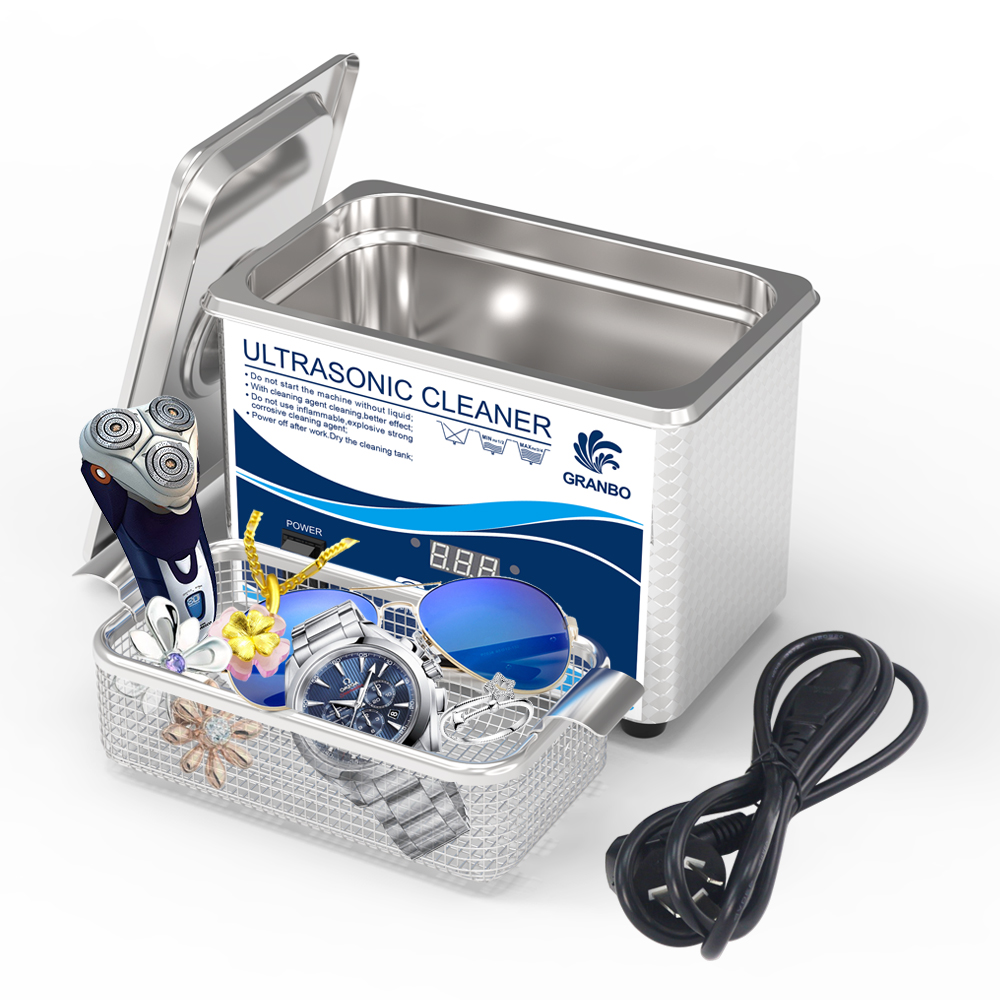
Professional jewelers and watchmakers rely on ultrasonic cleaning to remove tarnish, dirt, and grime from precious metals and delicate mechanisms. Even at home, users can restore the shine of rings, bracelets, and watches effortlessly.
2.Eyewear and Optical Lenses
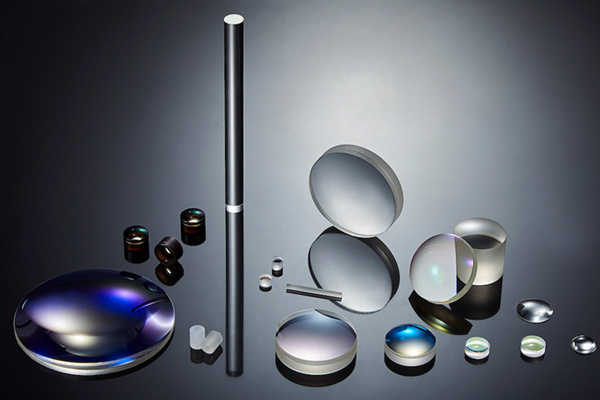
Optometrists and eyewear manufacturers use ultrasonic cleaners to maintain optical lenses and frames. The process effectively removes oil, dust, and residue without scratching the lenses.
3.Dental and Medical Instrument Sterilization
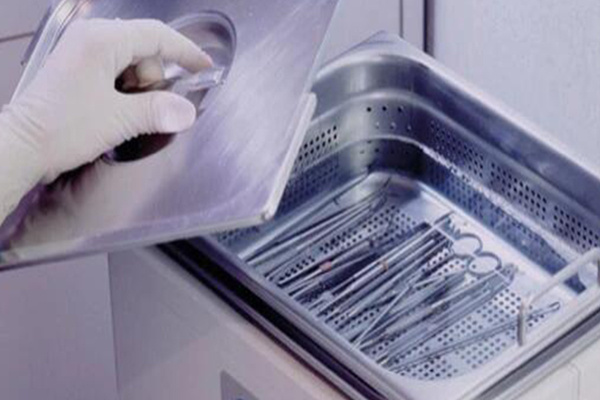
Dental clinics and hospitals use ultrasonic cleaners to ensure surgical instruments are free from contaminants before sterilization. This step is crucial for maintaining hygiene and preventing infections.
4.Electronics and Circuit Boards

Electronics manufacturers use ultrasonic cleaning to remove solder flux and contaminants from delicate circuit boards, ensuring optimal performance and reliability.
5.Automotive and Mechanical Components

From carburetors to fuel injectors, ultrasonic cleaning is a preferred method for degreasing and restoring automotive and mechanical parts.
Choosing the Right Desktop Ultrasonic Cleaner

1. Tank Size and Capacity
Consider the size of the items you need to clean. Small desktop units work well for jewelry and glasses, while larger tanks are necessary for mechanical and industrial components.
2. Frequency Range
A lower frequency (20-40 kHz) is effective for tough contaminants on hard surfaces, while a higher frequency (above 60 kHz) is better for delicate materials like electronics and fine jewelry.
3. Heating Function
Some ultrasonic cleaners include a heating feature that enhances cleaning efficiency by loosening stubborn contaminants. Heated cleaning solutions work best for removing grease and oil residues.
4. Timer and Adjustable Settings
A good ultrasonic cleaner should have an adjustable timer and power settings to accommodate different cleaning needs. Digital controls offer more precision compared to manual dials.
5. Build Quality and Material
Stainless steel tanks offer durability and corrosion resistance. Ensure the machine is built with high-quality materials for long-term use.
Maintenance Tips for Longevity
To keep your ultrasonic cleaner functioning optimally, follow these maintenance practices:

- Regularly replace the cleaning solution to prevent contamination buildup.
- Clean the tank after use to remove debris and residues.
- Do not overload the tank, as this can reduce cleaning efficiency.
- Inspect the transducer and other components for wear and tear.
A desktop ultrasonic cleaning machine is an indispensable tool for professionals and individuals who require efficient and thorough cleaning. Whether used for jewelry, medical instruments, or mechanical parts, these devices offer unmatched precision and convenience.
References
- Suslick, K. S. (1990). “Sonochemistry.” Science, 247(4949), 1439-1445.
- Mason, T. J., & Lorimer, J. P. (2002). “Applied Sonochemistry: Uses of Power Ultrasound in Chemistry and Processing.” Wiley-VCH.
- Tzanetakis, G. N., & E. G. Koliadima. (2013). “Ultrasonic Cleaning: Mechanisms and Applications.” Ultrasonics Sonochemistry, 20(1), 25-30.
- Lankenau, E., & Shook, L. (2017). “Medical Device Cleaning with Ultrasonic Technology.” Journal of Biomedical Instrumentation, 12(4), 55-62.

